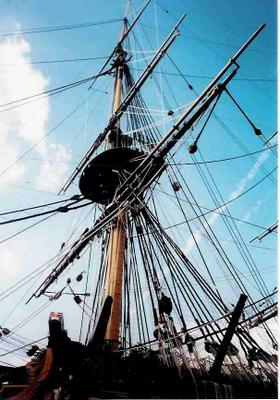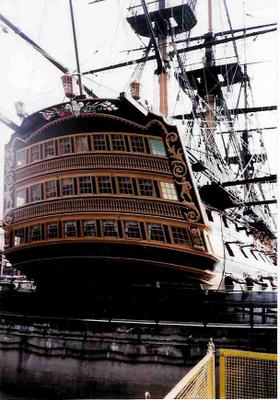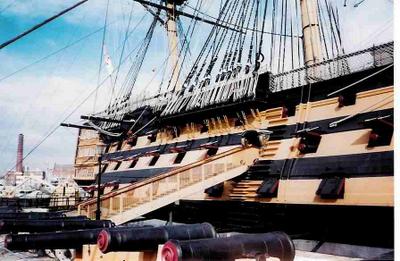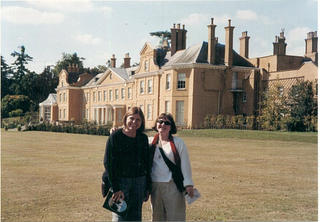Ah . . . Regency gambling. Dice, horse races, and most of all — card playing. What’s not to love?
For both writers and readers, gambling scenes hold the promise that anything can happen. Fortunes (and brides) won or lost on the turn of a card . . . men arrested for playing illegal games like hazard or faro . . . duels that originate with allegations of cheating . . . ladies who lose their reputations for gambling too deeply, or for visiting a gaming hell . . .
Even the games have fabulous names: bizarre names like piquet, loo, basset, E-O, Pope Joan, vingt-un, cassino, quadrille, lansquenet, faro; names that hint at what goes on in the game, like commerce and speculation; and a few games that are still played today under the same names, like whist and cribbage.
Authors: have you used card games (or other forms of gambling) in your novels? What challenges did you face in doing so? Did you find yourself writing less or more detail about the actual gambling than you originally intended?
Everybody: which are your favorite gambling or card-playing scenes in Regency-set fiction? Which works do you think succeed best in this area? Or are there scenes in Regency-set films or television which you think have great gambling scenes?
Have you ever played Regency card or dice games? Which ones? Did you love them . . . hate them . . . become desperately addicted, and lose the family estate . . . or find yourself eating your chocolate coins instead? 🙂
Cara
Cara King — www.caraking.com
MY LADY GAMESTER — Signet Regency, November 2005




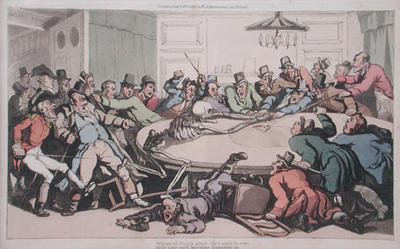

 A link to the official Hastings site:
A link to the official Hastings site:




